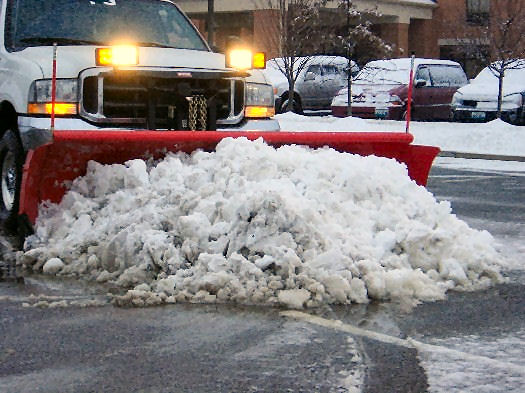The effects of cold weather and winter storms (snow storms, ice storms, blizzards) are a leading cause of business interruption. A recent report identified the top 10 most common and costly property and liability claims for small businesses. In the past five years, 15 percent of small businesses have experienced damages caused by water and freezing. The average cost of these claims is $17,000. An additional 15 percent of small businesses have had claims for wind and hail damage. These claims cost an average of $26,000.
Common Types of Winter-Related Damages
Winter-related damages can affect any business, regardless of the type or size of commercial property. Some of the most common types of problems that occur from severe winter weather and prolonged cold, snow, and ice, include:
- Damage to contents, inventory, and equipment caused by significant temperature changes.
- Water damage caused by pipes freezing and bursting.
- Wind damage to roofs, buildings, and landscape.
- Fire suppression efforts delayed by inaccessible fire hydrants (covered by snow or ice).
- Frozen fire suppression sprinkler pipes, resulting in flooded rooms and malfunction of system.
- Ice damming, resulting in damage to roof and gutters.
- Injury to guests and employees.
- Loss of revenue (business interruption).
Prepare Now to Avoid Damage Later
When a business cannot fully function, profits are affected. When cold weather damages occur, business owners and managers are left dealing with repairs and downtime, rather than running their business. Taking preventative actions now, while the weather is warm, can help prevent a lot of problems from occurring later during cold weather. Preparations should include making repairs to your property as well as developing a business continuity plan.
Prepare and Repair Your Property
Maintenance is an essential element in protecting your commercial property. Here are a few recommendations:
- Before cold weather sets in, drain water from all systems and equipment not needed in winter months, including landscape sprinklers and air conditioning units.
- Check for and repair damages to the roof. Make sure roof drains are clear and in good condition. Clear rain gutters to ensure proper drainage. Make sure downspouts are intact and draining in areas away from foot traffic.
- Inspect the exterior of the building for gaps and seal appropriately to prevent weather (and critters!) from getting inside.
- Trim tree branches and landscape that might come in contact with the building in the event of heavy snowfall or ice accumulation.
- Make sure the heating system has enough fuel for expected conditions and a back-up (when possible) in case of an emergency.
- Maintain a temperature of at least 45 degrees Fahrenheit in unoccupied facilities, attics, and basements. Place thermometers in different areas throughout the building to identify places that may need additional heat or insulation.
- Make arrangements for snow removal with a reputable company before winter starts – don’t wait until the storm hits and you are buried under a pile of snow. Choose a dependable contractor whose equipment is in good condition and who will keep detailed records of their work. Discuss snow removal from the roof to determine if they will meet this need or if you will need to make other arrangements. Identify an area where snow should be moved to. To avoid damages from snow removal equipment, mark curbs, fire hydrants, drains, speed bumps, and other features that may not be visible under a layer of snow.
- Make sure you have sand, ice melt, and shovels on hand for winter maintenance that won’t be covered by your snow removal contractor.

